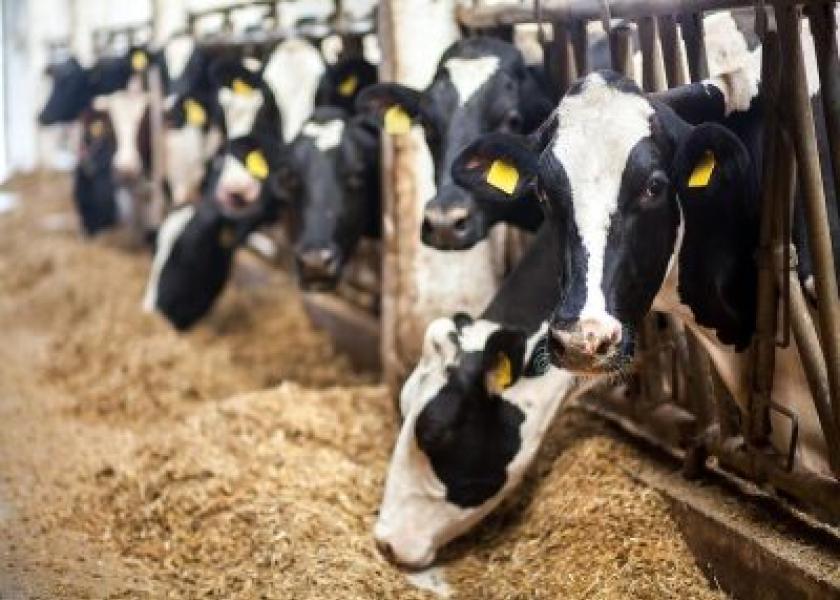HPAI Now Detected on Ohio Dairy: Strange Bird Flu Concerns See Growth

Ohio has become the sixth state where dairy cattle have tested positive for highly pathogenic avian influenza (HPAI), also known as bird flu. A recent news release from the Ohio Department of Agriculture (ODA) reports presumptive positive results from dairy cows in Wood County.
According to officials, the cows arrived in Wood County on March 8 from a dairy in Texas. That dairy later reported a confirmed case of HPAI. The Ohio dairy operation alerted state officials when the livestock began showing signs of illness. State officials are awaiting confirmation from the U.S. Department of Agriculture.
"We have official confirmation that we do have a case at a dairy in Wood County of HPAI, which is an influenza," says ODA Director Brian Baldridge. "We've been working with this in the poultry industry for about the last two-and-a-half years and it has found its way into the dairy industry. We are working diligently with the dairy, with their vets and with our Animal Health division and our state veterinarian, Dr. (Dennis) Summers, on this issue.
According to the USDA, HPAI has now been detected in five other states, including:
- Texas
- Kansas
- New Mexico,
- Idaho
- Michigan
"Clinically sick dairy cattle from affected herds range from 1% to 20%, with an average of 10% of the milking herd affected. There are no confirmed reports of death loss in dairy cattle directly attributed to these detections. Most sick cows begin recovering within a few days."
"Federal and state agencies continue to conduct additional testing from sick animals and in unpasteurized clinical milk samples from sick animals, as well as viral genome sequencing, to assess whether HPAI or another unrelated illness may be underlying any symptoms," the ODA reports.
The agency notes that clinically sick dairy cattle from affected herds range from 1% to 20%, with an average of 10% of the milking herd affected. Currently, there are no confirmed reports of death loss in dairy cattle directly attributed to these detections with most sick cows recovering within a few days.
HPAI symptoms in dairy cattle include:
- Sudden drop in milk production.
- Some severely impacted cows are producing thicker, more concentrated, colostrum-like milk.
- Drop in feed consumption with a simultaneous drop in rumen function, accompanied by loose feces and some fever.
- Impacted herds have reported older cows in mid-lactation may be more likely to be severely impacted than younger cows, fresh cows or heifers.
- Some herds have reported pneumonia and mastitis.
Officials are strongly advising dairy producers to use all standard biosecurity measures. They note it's important for producers to clean and disinfect all livestock watering devices and isolate drinking water where it might be contaminated by waterfowl. Farmers are also being asked to notify their herd veterinarian if they suspect any cattle within their herd are displaying symptoms of this condition.
- HPAI Fails to Impact Dairy Prices So Far - Why Markets Could Actually See Some Growth in the Near Future
- Twelve Cases of HPAI in Dairy Cattle Confirmed in Five States
- New Regulation: Dairy Cattle Entry into Nebraska Now Requires Permit Amid HPAI Bird Flu Concerns
- Rare Human Case of Bird Flu Confirmed. Officials Believe it Began on Texas Dairy
- Strange Bird Flu Outbreak, HPAI, Now Detected at Idaho Dairy
- APHIS Now Thinks Wild Birds Are to Blame for Highly Pathogenic Avian Influenza's Arrival on Four U.S. Dairies
- BREAKING: Mystery Illness Impacting Texas, Kansas Dairy Cattle is Confirmed as Highly Pathogenic Avian Influenza Strain
- Meat Institute: Properly Prepared Beef is Safe to Eat; HPAI is not a Food Safety Threat







